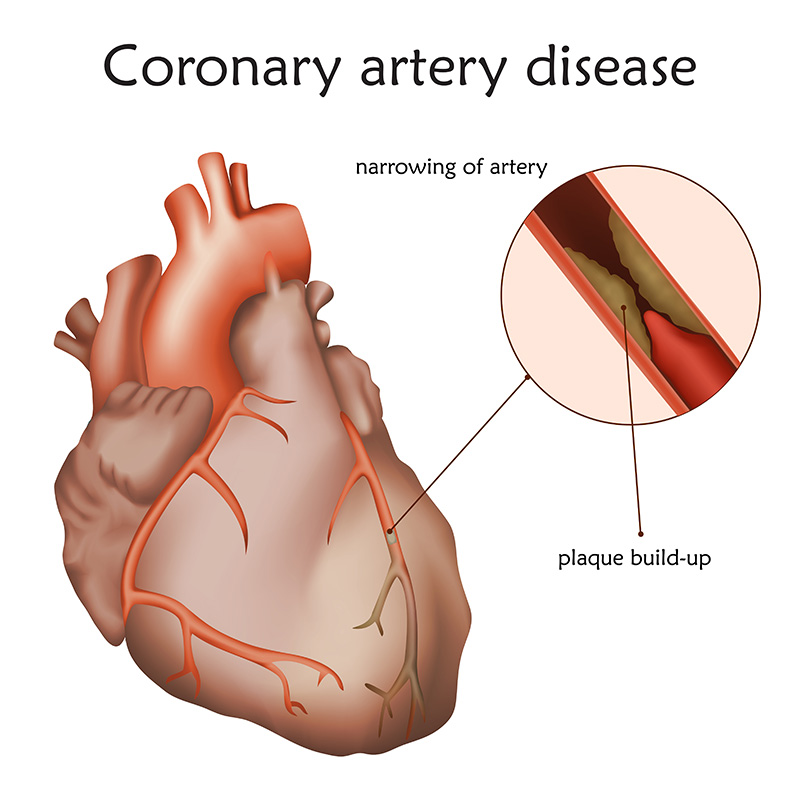Volume 112, Nº 5, May 2019
DOI: http://www.dx.doi.org/10.5935/abc.20190055
ORIGINAL ARTICLE
Analysis of the Appropriate Use Criteria for Coronary Angiography in Two Cardiology Services of Southern Brazil
Luis Sérgio Carvalho Luciano
Roberto Léo da Silva
Ozir Miguel Londero Filho
Leandro Waldrich
Luciano Panata
Ana Paula Trombetta
Julio Cesar Preve
Tammuz Fattah
Luiz Carlos Giuliano
Luiz Eduardo Koenig São Thiago
Dr. Luis Sérgio C. Luciano

Abstract
Background: Despite its great relevance, there are no studies in our country evaluating the application of the 2012 guidelines for the appropriate use of cardiac diagnostic catheterization.
Objective: To analyze the adequacy of coronary angiography performed in two hospitals in the southern region of Brazil.
Methods: This is a multicenter cross-sectional study, which analyzed indications, results and proposals for the treatment of 737 coronary angiograms performed in a tertiary hospital with multiple specialties (Hospital A) and a tertiary cardiology hospital (Hospital B). Elective or emergency coronary angiographies were included, except for cases of acute myocardial infarction with ST segment elevation. The level of statistical significance adopted was 5% (p < 0.05).
Results: Of the 737 coronary angiograms, 63.9% were performed in male patients. The mean age was 61.6 years. The indication was acute coronary syndrome in 57.1%, and investigation of coronary artery disease in 42.9% of the cases. Regarding appropriation, 80.6% were classified as appropriate, 15.1% occasionally appropriate, and 4.3% rarely appropriate. The proposed treatment was clinical for 62.7%, percutaneous coronary intervention for 24.6%, and myocardial revascularization surgery for 12.7% of the cases. Of the coronary angiographies classified as rarely appropriate, 56.2% were related to non-performance of previous functional tests, and 21.9% showed severe coronary lesions. However, regardless of the outcome of coronary angiography, all patients in this group were indicated for clinical treatment.
Conclusion: We observed a low number of rarely appropriate coronary angiograms in our sample. The guideline recommendation in these cases was adequate, and no patient required revascularization treatment. Most of these cases are due to non-performance of functional tests. (Arq Bras Cardiol. 2019; [online].ahead print, PP.0-0)
Keywords: Coronary Angiography; Coronary Artery Disease/diagnostic imaging; Acute Coronary Syndrome; Percutaneous Coronary Intervention; Multicenter Study; Epidemiology















